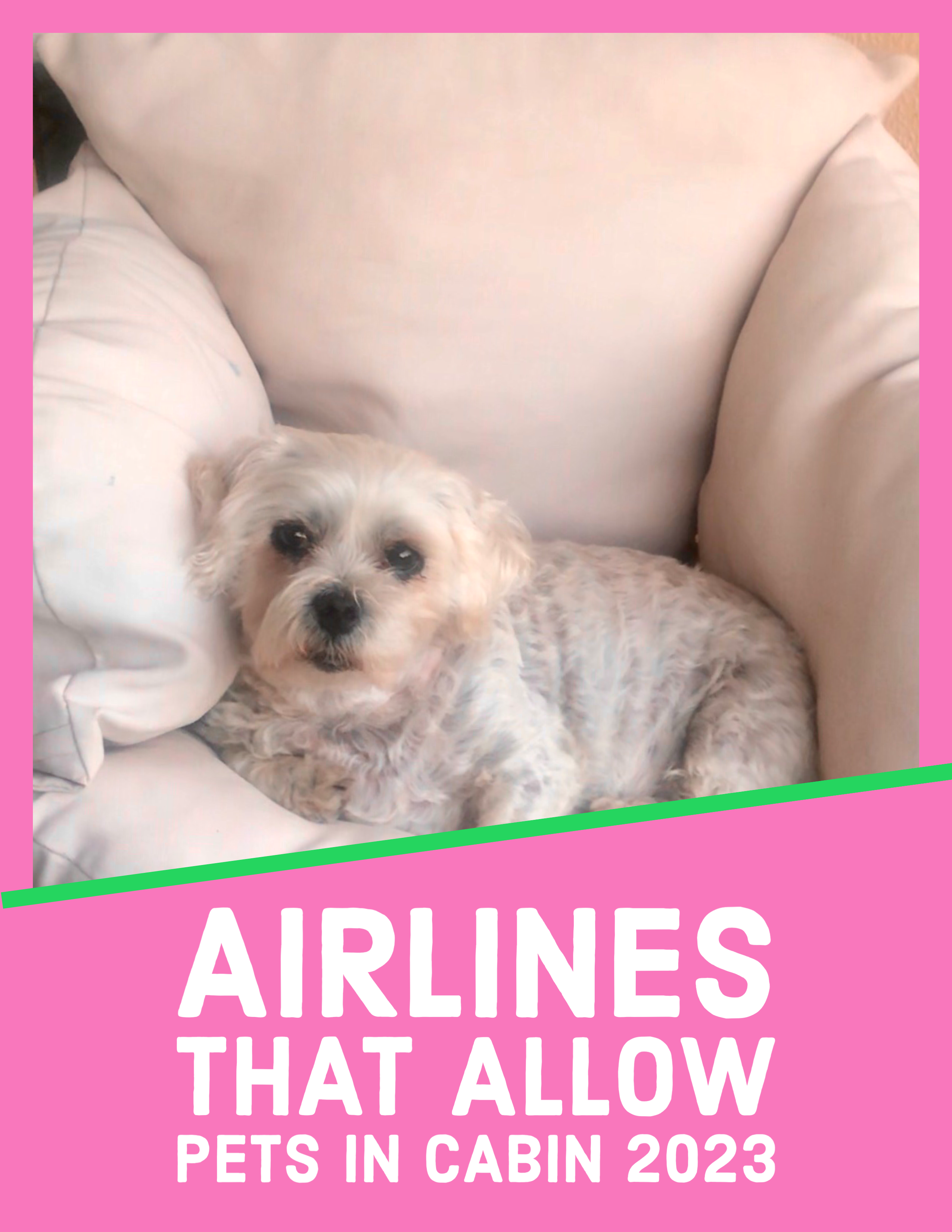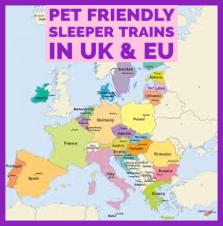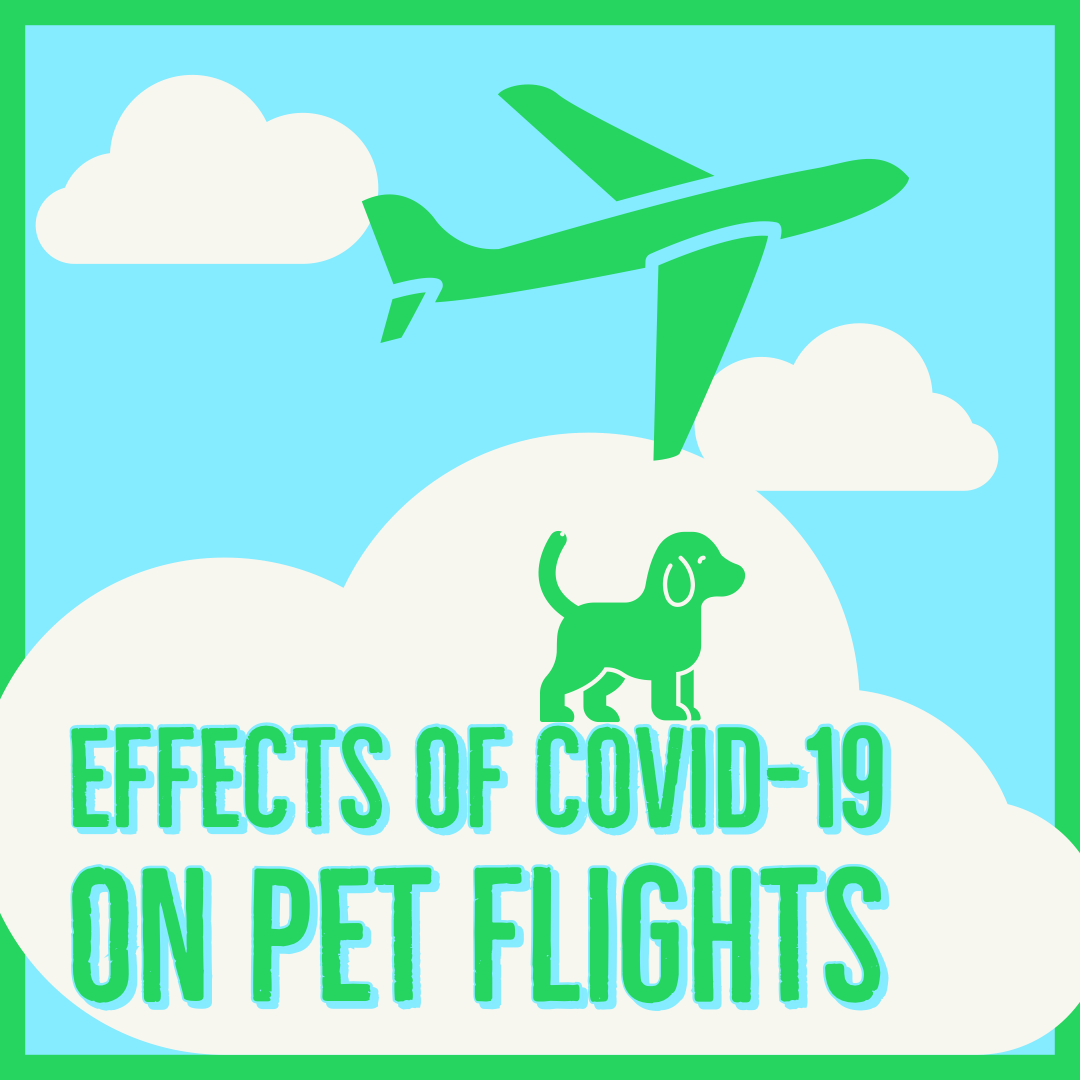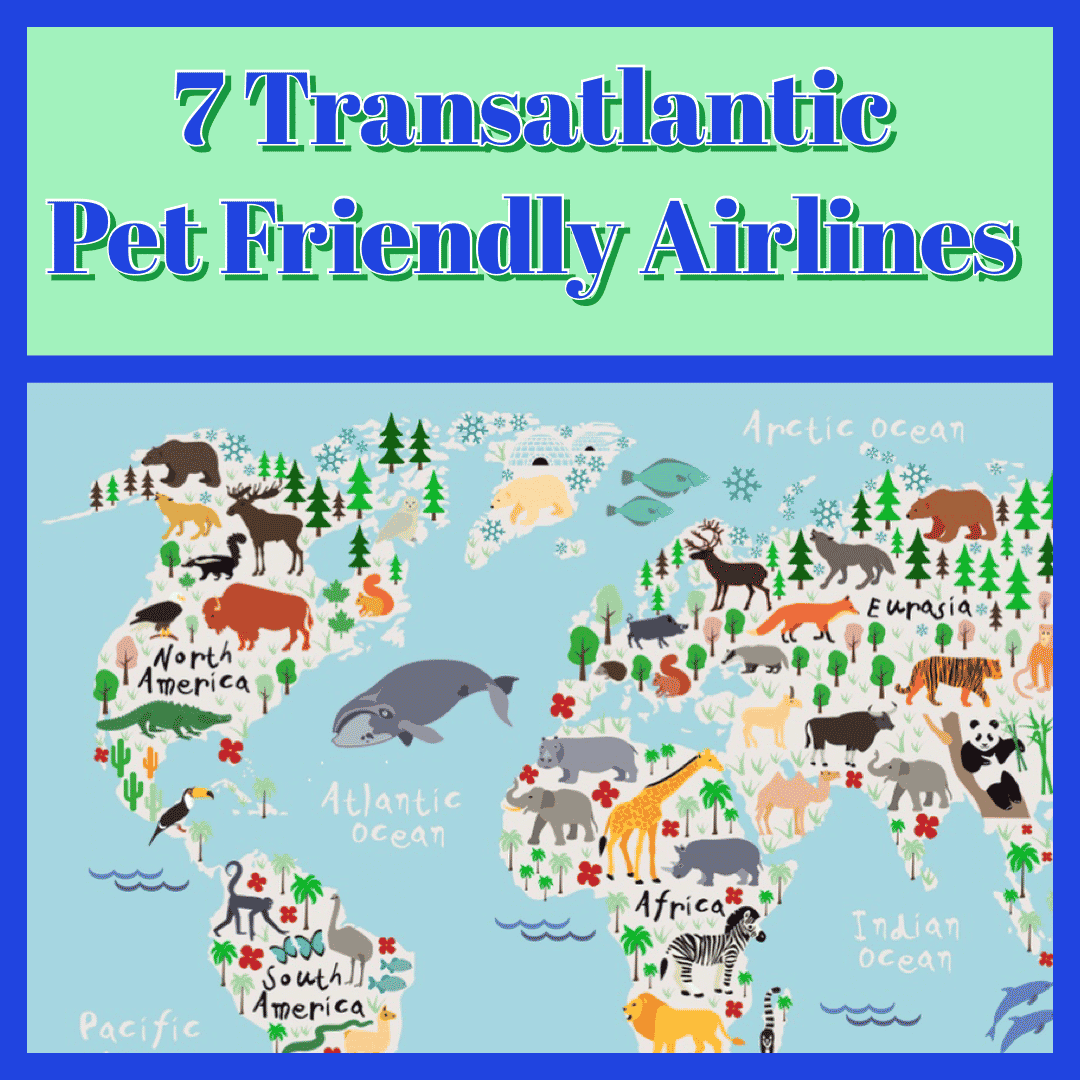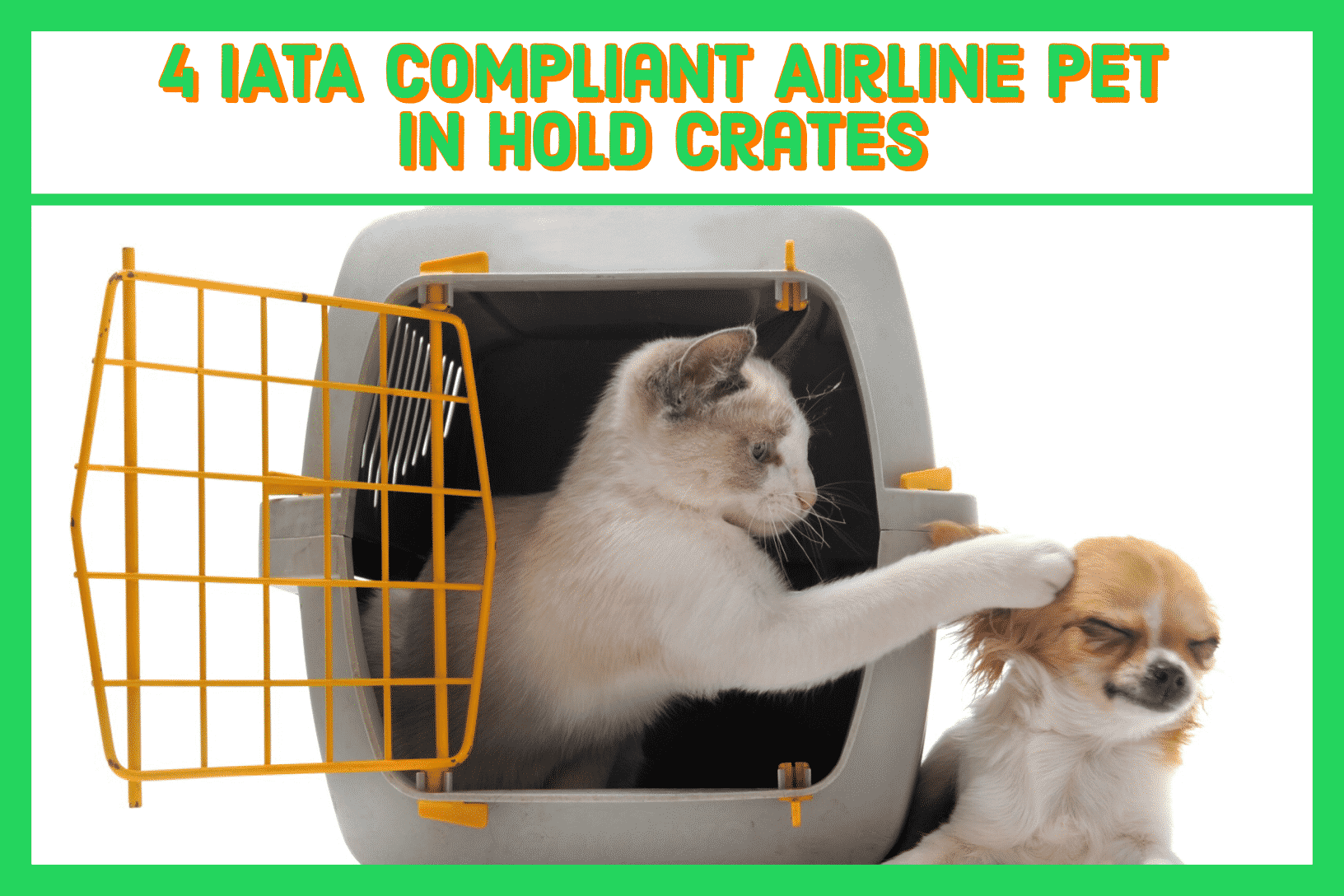Regulations for international pet travel very much depend on your departure country, as well as your choice of destination. In addition to local laws and rules for importing cats, dogs, and other pets, each pet friendly airline, ferry and train has their own unique pet travel policy. However, while pet travel policies vary greatly between transport providers, first and foremost, they must adhere to the pet travel scheme laws of the destination country for importing pets. The EU Pet Travel Scheme simplified requirements for international pet travel. But, there’s no international Pet Passport, so while some countries accept an EU Pet Passport, others require an Animal Health Certificate or Pet Import Permit. Be aware that pet travel scheme rules often change, so it’s really important that you use the embassy pages for the relevant countries to keep up to date. Here, we provide information on international pet travel scheme regulations for worldwide countries, as well as the documentation and inoculations that must be administered when travelling internationally with a cat or dog.

Estimated reading time: 12 minutes
Table of contents
- Do any Universal Laws Apply to International Pet Travel?
- Ministerial Pet Travel Departments
- EU Pet Travel Scheme (PETS)
- Travelling from the United Kingdom (UK) to the European Union (EU)
- Pet Travel from the EU to the UK
- Pet Travel Laws for Worldwide Destinations
- Local Laws for Cat & Dog Ownership
- Flying with Snub-Nosed Cat & Dog Breeds
- Travelling with Multiple Pets
- Related Pages
Do any Universal Laws Apply to International Pet Travel?
Like all laws, pet travel scheme rules for individual territories are in the hands of each country to decide. You may recall the introduction of the Pet Travel Scheme (PETS) on 1 October 2001 in the European Union (EU) which simplified travel requirements for cats, dogs and ferrets. Within the EU PETS scheme, animals from any member country may freely travel to any other member country, and owners can take up to five pets. Non-EU member states are split into three other categories for international pet travel, with more stringent requirements for high risk rabies countries.
Similarly, other worldwide countries and territories have their own unique pet import laws, therefore there’s no universal standard for pet travel. Be aware that there’s no one size fits all international Pet Passport or travel scheme.
However, there are global rules for pets flying on a plane, whether in the cabin, or in the hold as checked baggage or cargo. To ensure pet safety, all pet friendly airlines and pet cargo couriers across the globe must adhere to the Live Animal Regulations (LAR) set by the International Air Transport Association (IATA). Not only that, but pet owners must too comply with the IATA LAR, and ensure that their cat or dog’s travel crate is in line with the minimum IATA inner dimensions.
The goal of the IATA LAR is to protect all animals travelling by air, so it’s not just concerned with pet safety, but all living beings!
Ministerial Pet Travel Departments
In the United Kingdom (Scotland, England, Wales & Northern Ireland), the Department for Environment, Food and Rural Affairs (DEFRA) has an overarching responsibility for pet travel scheme rules. DEFRA is a ministerial department, with responsibility for 32 agencies and public bodies. DEFRA works in England, but the Scottish, Welsh and Northern Irish governments have devolved responsibility for certain aspects of animal welfare and pet travel.
The agencies operating in each country are:
- Scotland – Animal and Plant Health Agency (APHA)
- Wales – Animal and Plant Health Agency (APHA)
Northern Ireland has a ministerial department, rather than an agency, which is the Department for Agriculture, Environment and Rural Affairs (DAERA). Note that as Northern Ireland (NI) isn’t part of GB, the DAERA is only responsible to DEFRA for any issues relating to pet travel that affect the UK. Therefore, as NI doesn’t share a land border with the UK, they have some autonomy in their pet travel rules.
Across the globe, other countries have their own ministerial departments to oversee international pet travel and animal welfare, including, the US Centre for Disease Control (CDC), the Australian Department for Agriculture, Water & the Environment (DAWE), and the Animal & Veterinary Service (AVS) in Singapore.
EU Pet Travel Scheme (PETS)
As mentioned, the PETS scheme simplified travel requirements for cats, dogs and ferrets within EU countries, thus removing the need for pet quarantine upon arrival.
When travelling between EU member states, your cat, dog or ferret needs a:
- Functioning Microchip, or clearly readable tattoo applied before 3 July 2011
- Rabies Vaccination administered by an authorised vet
- Valid EU issued Pet Passport or an EU Animal Health Certificate
- Tapeworm Treatment for dog travelling directly to Finland, Ireland, Northern Ireland, Norway or Malta (you can also read more about tapeworm from fleas)
There are no restrictions on the movement of pet rabbits, rodents, fish, amphibians, reptiles and invertebrates within the EU and no Pet Passport is needed for these animals.
For countries and territories that aren’t members of the EU, there are additional requirements under the EU PETS scheme. These countries are split into three different categories:
- unlisted
- Part 1 listed
- Part 2 listed
This means, for example, that rabbits and rodents from outside the EU may need to spend up to four months in quarantine. In addition, importing cats, dogs and ferrets from certain countries will require a three month, rather than 21 day wait, after the rabies vaccination before travel.
While there’s no international Pet Passport scheme, you’ll find that many countries outside of Europe accept an EU Pet Passport. Check out the pet import rules for worldwide pet friendly travel.
Travelling from the United Kingdom (UK) to the European Union (EU)
Following the end of the Brexit transition period on 31 December 2020, new rules were introduced for pet travel between Great Britain (GB) and the EU & Northern Ireland (NI).
If you’re not from this part of the world, no doubt, you’ll find all this confusing. So, here’s a little history lesson to clarify the differences between the terms United Kingdom and Great Britain!
- Great Britain (GB) consists of the countries Scotland, England & Wales
- The United Kingdom (UK) is Scotland, England, Wales & Northern Ireland
An easy way to remember is in the term United as all four countries are part of the United Kingdom. Whereas Northern Ireland isn’t part of Great Britain. As well as history, there’s a geographical aspect too, as Northern Ireland (NI) doesn’t share any land borders with Scotland, England or Wales.
However, NI does share a land border with Ireland, and since Ireland is part of the EU, this posed a few problems when agreeing pet movement rules under the BREXIT agreement. Remember, BREXIT applied to the UK, not GB, so while NI has left the EU along with the rest of the UK, Ireland is an independent country and still an EU member.
Thus, to avoid a hard border after BREXIT between NI and Ireland, NI is subject to the same PETS scheme rules as EU member states. Therefore pet travel rules for Northern Ireland initially remained unchanged following the Brexit pet travel agreement effective from 1 January 2021.
But, to simplify pet travel between GB and NI, on 15 September 2021 the NI Department of Agriculture, Environment & Rural Affairs (DAERA) announced that checks on all pet dogs, cats and ferrets travelling from GB to NI would be suspended indefinitely while negotiations between the UK government and EU continue. You can read more about this announcement on the DAERA website.
Pet Travel from GB, to the EU & NI
On the other hand, countries in GB (Scotland, England & Wales) are subject to new pet rules for cats, dogs and ferrets travelling to EU member states.
From 1 January 2021, GB became an EU Part 2 Listed Third Country. Subsequently, if you have an EU Pet Passport issued in Scotland, England or Wales, it can no longer be used for international travel to continental Europe.
However, your pet can still travel internationally to mainland Europe with a Pet Passport issued in a current EU member state. If you don’t have one, you need to obtain an Animal Health Certificate (AHC) from your veterinarian no more than 10 days before entering the EU with your cat, dog or ferret. The AHC is valid for travel within Europe, and re-entry to GB for four months from the date of issue.
Since AHCs are only valid for 4 months, if yo a regular traveller between GB and mainland Europe with your pet, it’s worthwhile arranging an EU pet Passport from a local vet whilst on holiday. Pet Passports last a lifetime, unless of course the issuing country leaves the EU!
Pet Travel from the EU to the UK
If you”ve been on holiday in Europe with your cat, dog or ferret, the same Animal Health Certificate (AHC) can be used for your inbound journey. That is, provided that you’re re-entering GB within four months of the AHC issue date.
Should you hold an EU Pet Passport issued by a current member country, this is accepted for travel to the UK.
However, a GB Pet Health Certificate is needed for travel to Great Britain, in the absence of either an EU Pet Passport, or an in date Animal Health Certificate. Note that you can still use a Pet Passport issued in GB to enter GB.
While there’s no international Pet Passport, the EU Pet Passport is accepted in many locations.
Pet Travel Laws for Worldwide Destinations
While this covers the general rules for pet travel in the UK and EU, countries can still have additional requirements. For example, a Tapeworm Treatment is needed to take a dog to certain locations, including Ireland and Malta.
The EU Pet Travel Scheme was introduced to control rabies transmission in Europe, but over time, additional countries such as the United States, Canada, Australia, and New Zealand have been included. However, this just means that there are simplified pet travel agreements with these countries, as quarantine is still necessary for cats and dogs entering Australia and New Zealand from the EU.
Across the globe, the unique pet travel scheme laws for each country or territory can vary greatly. For instance:
- No quarantine is required for pets arriving in the USA, except those cats & dogs being imported to Hawaii
- Some worldwide destinations don’t permit cats and dogs to arrive in the cabin of a plane
- Whether or not your pet needs to be quarantined in certain countries, such as Australia, New Zealand and Singapore depends on the rabies risk in your country of origin
- However, all cats and dogs entering Iceland must be quarantined for at least two weeks
- While there’s an agreement with the EU Pet Travel Scheme for some territories outside Europe, many pet friendly destinations don’t accept the EU Pet Passport, and instead require a Pet Import Permit
- Unique pet import rules apply in South Africa, as you can enter with a pet in the cabin, but airline staff will then take your pet from the aircraft as they must be processed as manifest cargo
So, there’s a myriad of pet travel scheme laws to follow if you’re travelling to an international pet friendly destination. Check out the pet travel scheme regulations for worldwide countries.
Local Laws for Cat & Dog Ownership
Getting swept up in the laws for arriving in a pet friendly destination with a cat or dog is understandable. But, something that can often be forgotten by us pet travellers is that we also need to respect local laws when holidaying with a pet. In addition, if you’re travelling with a pet due to a permanent relocation, you need to adhere to pet ownership rules in your new country of residence.
For these reasons, our unique, comprehensive guides to importing pets include details of local laws for cat and dog owners, such as:
- If a Dog License is required for permanent relocation
- Requirements for circulating with dogs in public places
- Breed Specific Legislation (BSL) for dogs classed as ‘dangerous’
- Whether a destination is pet-friendly, in terms of access to establishments and public areas, as well as animal welfare policies
- If dogs are allowed in parks and beaches, and if they are permitted to be off leash
- How many cats and dogs are permitted in each household
- Access to public transport, such as buses and trains
- For relocation, if you need to register your pet at the local council
- Whether an international destination accepts an EU Pet Passport, or requires a Pet Import Permit or Animal Health Certificate
As global regulations vary by country, it’s important to be fully informed on the current legislation. Always check the pet travel pages on the government websites for your countries of origin and destination.
Flying with Assistance & Service Dogs
If you’re flying with registered and trained Assistance or Service Dog, you’ll find out what you need to do in the airline’s pet travel policy. An Assistance or Service Dog is one that has been trained to perform a task, or task, to aid the health and wellbeing of their owner.
Due to a US Department of Transport (USDoT) policy change, Emotional Support Animals (ESAs) are no longer recognised as Assistance Animals by airlines and establishments. ESAs are now subject to the same rules as all other pets. Note that territories such as the UK have never recognised ESAs.
However, you’ll find that you can fly on routes to and from the US with a Psychiatric Service Dog (PSD).
But, as you also need to adhere to the rules of your destination country, you may find that some international destinations don’t permit even registered and certified Assistance & Service Dogs to arrive in the cabin of a plane.
So, it’s really important to do your homework when travelling internationally with your cat or dog. No one wants to be disappointed at the border!
Flying with Snub-Nosed Cat & Dog Breeds
Now, like that’s not all enough, if your pet travel entourage includes a snub-nosed (brachycephalic) cat or dog breed, they can’t fly in an aircraft hold. Breeds such as Bulldogs, Lhasa Apsos, Pugs and Burmese cats can only fly in the cabin of the plane. However, some airlines do allow these breeds to fly as cargo, but this is not recommended due to the breathing difficulties snub-nosed breeds can encounter. This also means that these breeds can’t fly to certain countries, or during the summer months, as the temperature may cause respiratory issues.
Travelling with Multiple Pets
When travelling between international EU member states under the EU Pet Passport Scheme, there are strict limits on the number of cats, dogs or ferrets that can be imported. Owners can travel between EU countries with a maximum of five pets. If you need to travel with more than five cats, dogs or ferrets, it must be for the purpose of a show or competition, and you’ll have to get permission in advance.
Outside the EU Pet Passport Scheme, each country has their own legislation regarding the maximum number of cats, dogs and other animals that may be imported.
In addition, for multiple pets travelling internationally within the UK and EU for the purpose of re-homing, the regulations set by the Balai Directive must also be met.
Remember to always keep your pet safe when travelling internationally, and protect your cat or dog from vector borne diseases transmitted by fleas, ticks, sandflies and mosquitoes. And leave a review to tell us all about your latest pet travel adventure!

